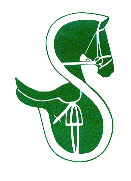 |
Sandridge Saddlery |
- Saddle Info - Fitting |
Return to: Saddle Info |
| Saddle Fitting on Your Own |
| It is not always feasible to have a saddle-fitter see your horse, and you may have to try to find a saddle that fits horse and rider on your own. While not always the most efficient method of choosing a saddle, it can be successful if you do your homework. Once you have determined what you are looking for, (see "Questions to Consider Before you Shop"), contact us at info@sandridge.ca, and we will help guide you from there. |
| Useful Photos for Saddle Fitting |
| Side View of Horse |
| With the horse standing on level ground, a clear shot of his basic conformation. |
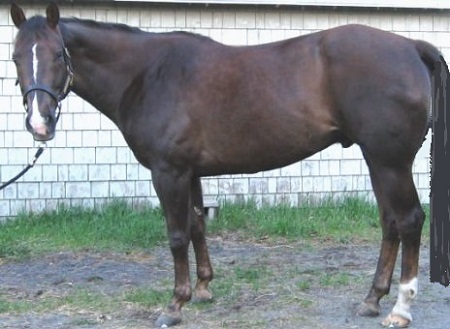 |
| Side Views of Horse's Back |
| Clear photos of the left and right sides of the horse's back from the wither to the croup. |
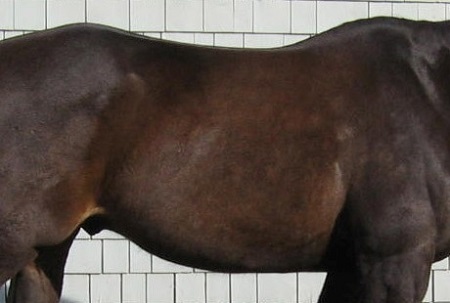 |
| Withers |
| Left and right side close-up of the wither area. |
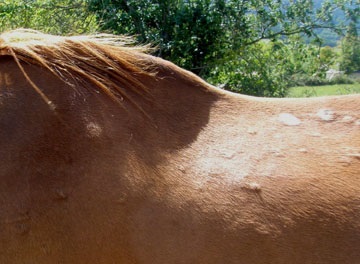 |
| The Horse's Back from Above |
| With the horse standing squarely on all four feet, one or two photos of the horse's back from slightly above and behind the horse. |
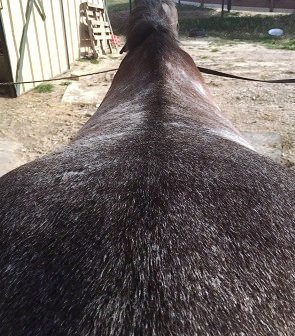 |
| Wither and Back Tracings |
| Wither tracings, when done correctly, can be a very helpful tool when trying to fit saddles from a distance, and are usually required when ordering custom saddles. When combined with photographs, they provide a 'measureable' picture of the horse's back to aid in saddle selection. |
| How to Do a Wither Tracing |
| Saddle Trial Policy |
| We encourage you to ride in the saddle (or saddles) you are interested in. We have protective covers for the stirrup leathers to prevent undue marking of the flaps, but you can use your normal saddle pad and girth and test ride the saddle in a lesson, on a trail - or whatever is necessary to determine if the saddle fits well and is comfortable. There is a $ 25.00 charge per saddle for trials, however the trial fee is fully applied to the purchase of a new saddle from us. Shipping fees to you will be charged at their cost unless a saddle is bought; they will again be applied against the purchase; return shipping is at your expense. |
| Basic Saddle Fitting for the Horse |
| The Procedure |
| The saddle should first be evaluated sitting directly against the horse's back (no saddle pad) while the horse is standing squarely. If all looks well, the horse should be ridden at the walk, trot and canter in both directions. The horse should move freely forward and the rider should remain in balance. Signs of an ill-fitting saddle may include a reluctance to move forward, tail-swishing, and raising the neck and hollowing the back. |
| Wither Clearance |
| Wither clearance refers to having sufficient space above and around the wither so that no part of the saddle interferes with the withers, even when the horse is bending, flexing, jumping, etc. |
| Balance |
| A saddle that rests in balance and stays in balance while the horse moves is what we are after. The saddle should allow the rider to sit in the deepest part of the seat without effort, and should not rock from front-to-back or side-to-side. |
| Panel Contact |
| The panels should lie flat along the horse's back throughout their length without bridging, rocking, or pinching. The angle of the panels should also follow the angles of the horse's back, and it is important the panels are not too long for the horse. |
| Gullet Width |
| The space between the panels should be wide enough and deep enough for the horse's spine so there is no pressure on the backbone while allowing the panels to rest on the muscles. |
| Billets |
| Straight billets should hang perpendicular to the ground, or the saddle may be shifted forward or backward when girthed up. A change in the position or type of billets used may make the difference between a saddle fitting in a satisfactory manner or not. |
| Regular Checks |
| Saddle fit should be monitored several times annually as horses change shape with adjustments to their work and management. It is recommended a professional saddle fitter evaluate the fit at least once a year. |
| Basic Saddle Fitting for the Rider |
| Seat Size and Depth |
| The seat size for a rider will vary depending on the type of saddle and the depth and shape of the seat. The rider should feel secure without being held in position; not hitting the pommel or cantle while riding or jumping, and yet not feeling 'lost' or sliding around. Dressage sizing is based largely on the depth of the seat and size of the riders hips and thighs, while jumping saddle sizing has more to do with the length of the rider's thigh combined with the depth of the seat and shape of the flaps. |
| The Twist |
| The twist is essentially the narrowest part of the saddle tree. The saddle must be in balance for the rider to sit correctly over the twist; then it is a matter of whether that tree matches well with the rider's build. |
| Flap Size and Shape |
| A flap that is too long will make it difficult for the rider to communicate with the horse using his legs; roughly 2/3 of the rider's lower leg should be below the flap. The width of the flap is also important in dressage saddles; the rider's leg should lie down the middle of the flap and be framed by it. In jumping saddles, the shape of the flap is more critical. The most forward point of the flap should coincide with where the rider's knee will lie - a short rider will need a flap with the most forward point higher up on the flap than a tall rider. |
| Knee and Calf Blocks |
| Knee and calf rolls or blocks are meant to provide support in certain situations; for example, landing over a big fence, or sitting an extended trot - NOT to force or hold a rider's leg in a certain position. Very short or tall riders need to pay particular attention to the saddle's blocks, as they can easily interfere with correct communication or be entirely useless depending on their size and placement. |
| Back to: Products - Saddles - Saddle Info |